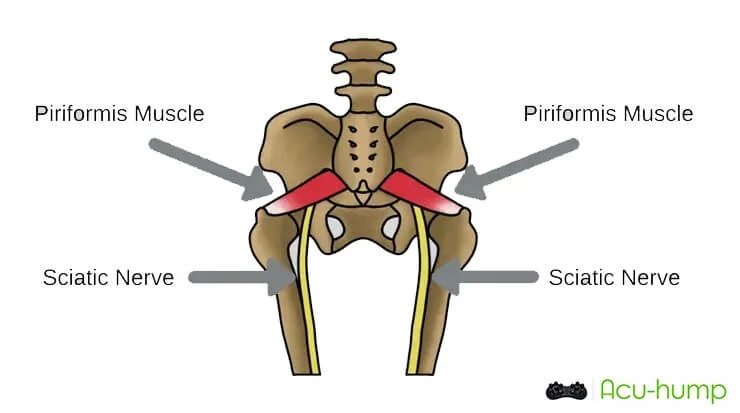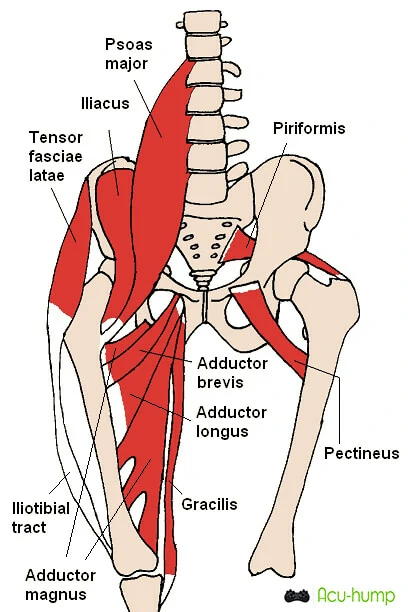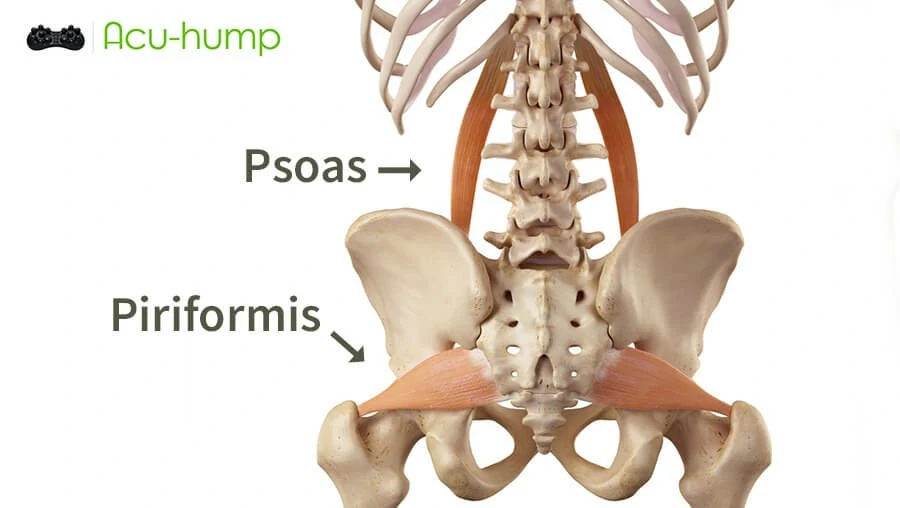Piriformis syndrome occurs when the sciatic nerve is compressed or irritated. The sciatic nerve passes through the deep buttock muscles, including the piriformis. Leg pain is the main symptom of piriformis syndrome, but there is increasing interest in studying possible links between this condition and abdominal and psoas pain.
What is Piriformis Syndrome
Piriformis syndrome occurs when the piriformis muscle, located deep within the buttocks, becomes tight or inflamed. The compression of the piriformis muscle can lead to compression or irritation of the sciatic nerve, resulting in symptoms like buttock pain, radiating leg pain, and limited range of motion. Various factors can contribute to piriformis syndrome, including muscle imbalances, trauma, overuse, or even anatomical variations.

The Relationship between Piriformis Syndrome and Abdominal Pain
Do not overlook the anatomical proximity of the piriformis muscle to the surrounding abdominal region, despite it seeming unrelated to abdominal pain. The piriformis muscle attaches to the sacrum, a triangular bone at the base of the spine, and its tightness or compression could potentially affect nearby structures such as the abdominal muscles. Piriformis syndrome causing compression of the sciatic nerve may result in referred pain in the abdominal region, causing discomfort or pain.

The psoas muscle, a crucial hip flexor and core stabilizer, sits deep within the abdominal cavity. The piriformis muscle and psoas muscle are closely linked. Dysfunction or tightness in the piriformis muscle, which is a characteristic of piriformis syndrome, can indirectly affect the psoas muscle, possibly causing pain or dysfunction. This connection implies that eliminating piriformis syndrome may positively impact symptoms related to the psoas.

Clinical Evidence and Case Studies
Clinical studies and case reports have investigated the potential connection between piriformis syndrome, abdominal pain, and psoas pain. Some studies have found that patients with piriformis syndrome also experience abdominal symptoms, indicating a possible link. However, it is important to note that not all studies have produced consistent results. More research is needed to better understand the relationship between these variables and the underlying mechanisms involved.

Acu-hump®
Release Piriformis
To summarize, emerging evidence and clinical observations suggest a potential link between piriformis syndrome and abdominal as well as psoas pain, despite it being primarily associated with buttock and leg pain. The close proximity and interconnectedness of these muscles imply that the compression or irritation of the sciatic nerve from piriformis syndrome may have wider effects.
If you’re looking to release tension in your psoas and piriformis through stretching, click to explore the step-by-step instructions and tips.
Those experiencing abdominal or psoas pain should seek professional evaluation and treatment for individualized and effective symptom management. Further research is needed to better understand this connection and enhance diagnosis and management strategies for improved patient outcomes.

Self Care Lower Back and Hip Pain
